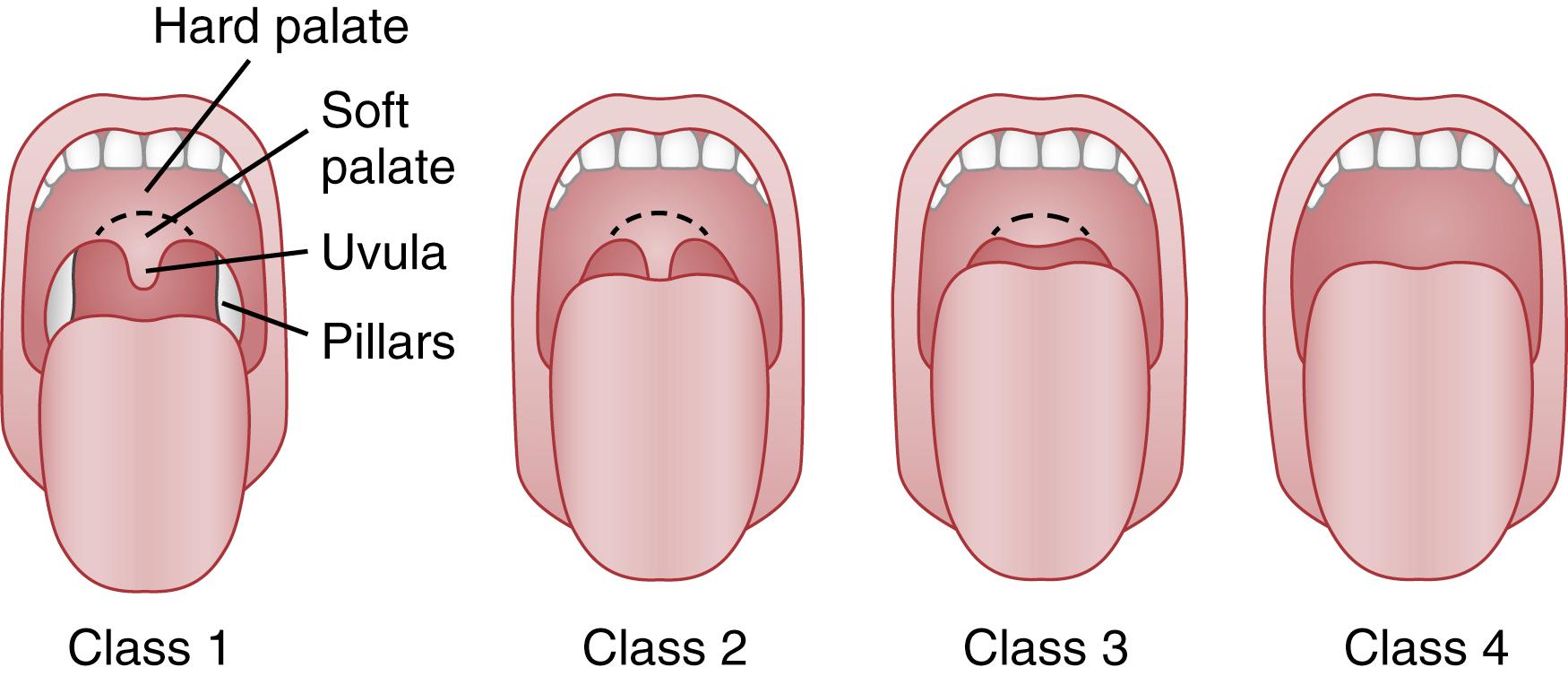Physical Address
304 North Cardinal St.
Dorchester Center, MA 02124
Some of you say that religion makes people happy. So does laughing gas. Clarence Darrow
The ability to understand and administer conscious sedation to perform invasive procedures is a necessity for the practicing surgeon. It is no longer solely the role of the anesthesiologist to provide sedation and analgesia for patients undergoing less complex but still painful or stimulating procedures. A surgeon must be familiar with the pharmacology, physiology, and techniques necessary to safely deliver sedation.
Sedation is “a minimally depressed level of consciousness that retains the patient’s ability to independently and continuously maintain an airway and respond appropriately to physical stimulation and verbal commands” (American Dental Association Council on Education).
Sedation comprises a continuum from minimal sedation to general anesthesia (American Society of Anesthesiologists Guidelines) ( Table 8.1 ).
| Minimal Sedation (Anxiolysis) | Moderate Sedation/Analgesia (Conscious Sedation) | Deep Sedation/Analgesia | General Anesthesia | |
|---|---|---|---|---|
| Responsiveness | Normal response to verbal stimulation | Purposeful a response to verbal or tactile stimulation | Purposeful a response after repeated or painful stimulation | Unarousable, even with painful stimulus |
| Airway | Unaffected | No intervention required | Intervention may be required | Intervention often required |
| Spontaneous ventilation | Unaffected | Adequate | May be inadequate | Frequently inadequate |
| Cardiovascular function | Unaffected | Usually maintained | Usually maintained | May be impaired |
a Because sedation is a continuum, it is not always possible to predict how an individual patient will respond. Hence practitioners intending to produce a given level of sedation should be able to rescue patients whose level of sedation becomes deeper than initially intended.
Intensive care unit (ICU)/emergency department procedures
Central venous line insertions
Chest tube insertions
Endoscopic procedures
Hernia reductions
Patients with extensive burns
General history and review of systems, including tobacco, alcohol, and drug use history
Previous anesthetics and any adverse outcomes
Airway abnormalities (e.g., obstructive sleep apnea, severe snoring, stridor, and previous tracheostomy)
Chromosomal abnormalities and/or syndromes (e.g., Down syndrome)
Gastroesophageal reflux disease/hiatal hernia
Obesity
Adequate intravenous (IV) access in situ
Last meal (food and drink) (see Section II.C)
General assessment of patient (e.g., body habitus, presence of cervical collar)
Mallampati examination ( Fig. 8.1 )

Mouth opening (adults should have 3- to 4-cm distance between upper and lower incisors)
Thyromental distance (distance from thyroid cartilage to mandible; should be at least 5 cm in adults)
Neck extension
Assessment for any cervical spine abnormalities or disorders associated with atlantooccipital instability
Lack of extension or significantly reduced extension may indicate difficulty with direct laryngoscopy
Any craniofacial/bony abnormalities
Receding mandible
High, arched palate
Syndromes (e.g., Pierre Robin, Treacher Collins)
Dentition
Facial hair (presence of a beard or other significant facial hair may signal difficult mask ventilation)
Need to follow for all elective procedures
| Ingested Material | Minimum Fasting Period (h) b |
|---|---|
| Clear liquids c | 2 |
| Breast milk | 4 |
| Infant formula | 6 |
| Nonhuman milk d | 6 |
| Light meal e | 6 |
a These recommendations apply to healthy patients who are undergoing elective procedures. They are not intended for women in labor. Following the guidelines does not guarantee complete gastric emptying.
b The fasting periods noted apply to all ages.
c Examples of clear liquids include water, fruit juices without pulp, carbonated beverages, clear tea, and black coffee.
d Because nonhuman milk is similar to solids in gastric emptying time, the amount ingested must be considered when determining an appropriate fasting period.
e A light meal typically consists of toast and clear liquids. Meals that include fried or fatty foods or meat may prolong gastric emptying time. Both the amount and types of foods ingested must be considered when determining an appropriate fasting period.
May be modified in emergency situations at discretion of practitioner
Vital signs
SpO 2
Places supplemental oxygen
Become a Clinical Tree membership for Full access and enjoy Unlimited articles
If you are a member. Log in here